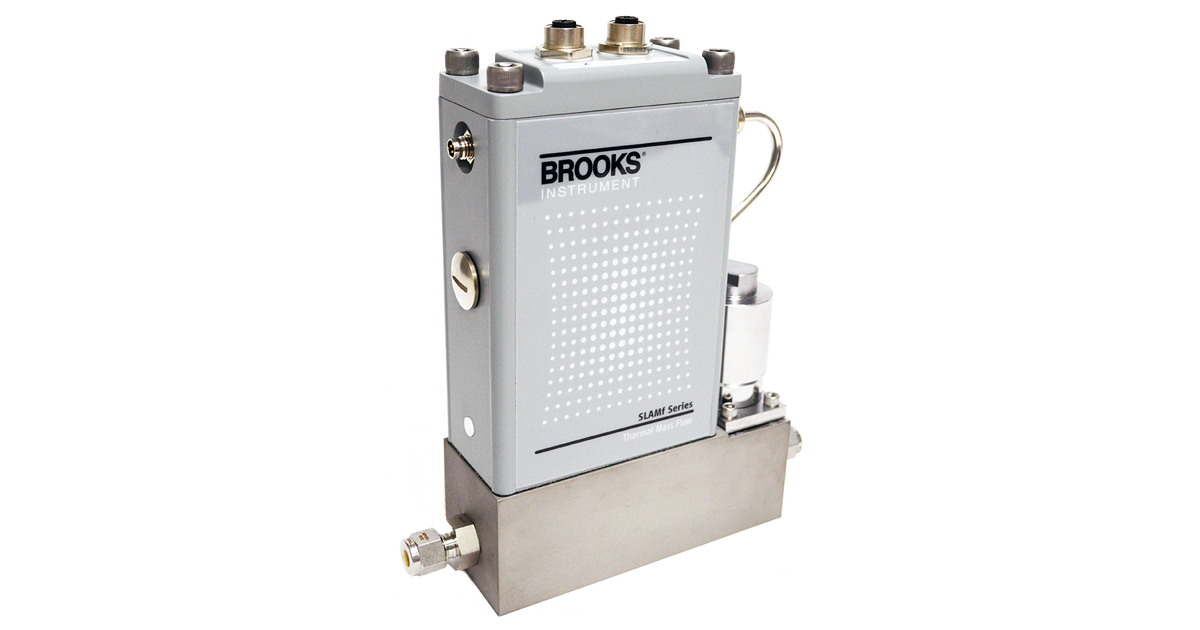ThegrouchyEngineer
Member
- Location
- Michgian
- Occupation
- Engineer
Per Article 500.7 - Electrical and Electronic Equipment in Hazardous (classified) locations shall be protected by one of more of the techniques in 500.7(A) through (P)
The issue that I have is that I see lots of equipment that is listed as such-
UL (Listed)
Class I, Div 2, Group A, B, C, D Class I, Zone 2, IIC T4
Class II, Zone 22 IP66
When asking the vendor what protection technique is used- I never get a clear answer and just get wiring instruments such as-
The hazardous locations classes, groups and division as described under products covered.
2. WARNING – EXPLOSION HAZARD – Do not disconnect equipment unless power has been removed or the area is known to be non-hazardous.
3. WARNING – EXPLOSION HAZARD - Substitution of any components may impair suitability for Class I, Division 2.
4. To maintain type 4X/IP66 rating zero screw must be installed.
The issue with this is it doesn't tell me if this is NI/IS which require entity parameters to complete the NI/IS circuit or if it's Explosion proof and therefore requires an Explosion proof seal. Do I assume that this equipment uses a different technique and just treat it as a magically rated black box?
The issue that I have is that I see lots of equipment that is listed as such-
UL (Listed)
Class I, Div 2, Group A, B, C, D Class I, Zone 2, IIC T4
Class II, Zone 22 IP66
When asking the vendor what protection technique is used- I never get a clear answer and just get wiring instruments such as-
The hazardous locations classes, groups and division as described under products covered.
2. WARNING – EXPLOSION HAZARD – Do not disconnect equipment unless power has been removed or the area is known to be non-hazardous.
3. WARNING – EXPLOSION HAZARD - Substitution of any components may impair suitability for Class I, Division 2.
4. To maintain type 4X/IP66 rating zero screw must be installed.
The issue with this is it doesn't tell me if this is NI/IS which require entity parameters to complete the NI/IS circuit or if it's Explosion proof and therefore requires an Explosion proof seal. Do I assume that this equipment uses a different technique and just treat it as a magically rated black box?



